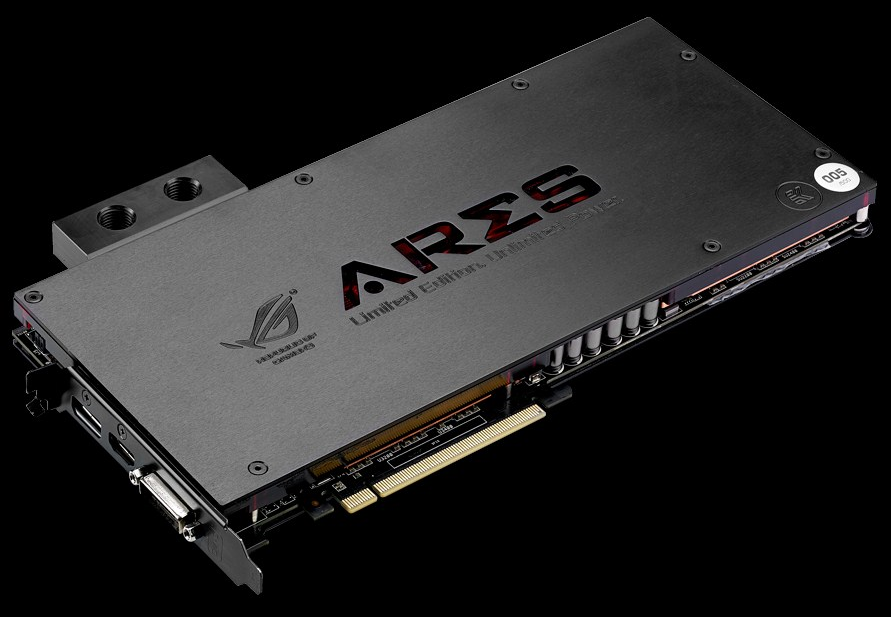Why has no company coined dual GPU cards? With most motherboards having at least 2 X16 PCIE slots, why not have one single card with 2 GPU's within it, and a ribbon cable as part of the card to connect with the second slot?
Or a single GPU that could utilize bandwidth from both slots..
Or a single GPU that could utilize bandwidth from both slots..
![[H]ard|Forum](/styles/hardforum/xenforo/logo_dark.png)



